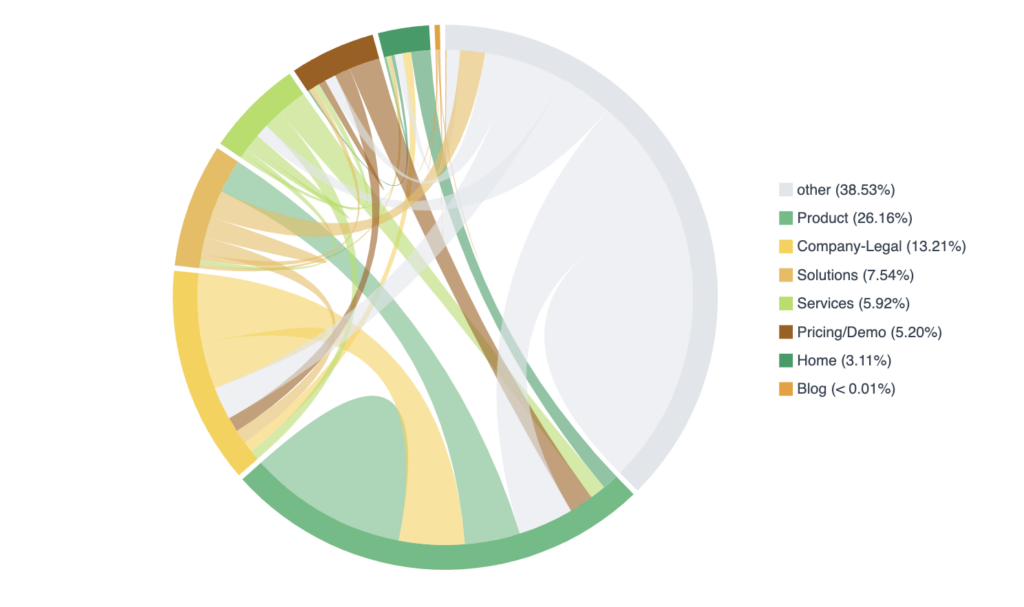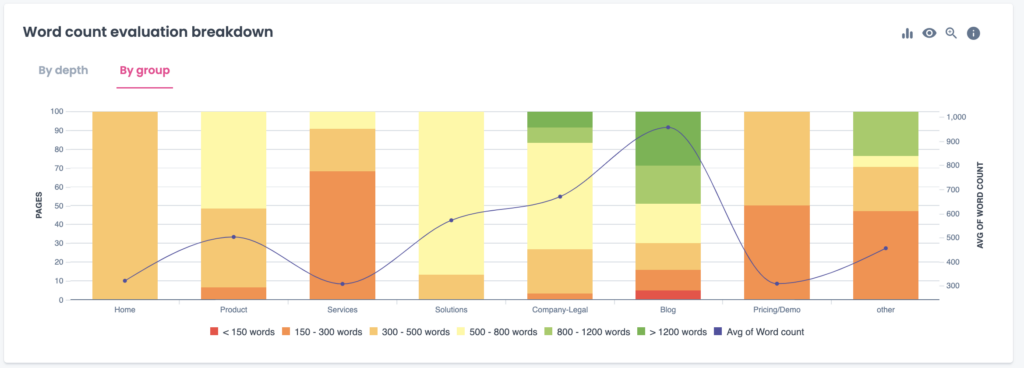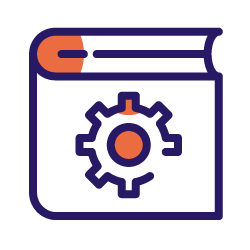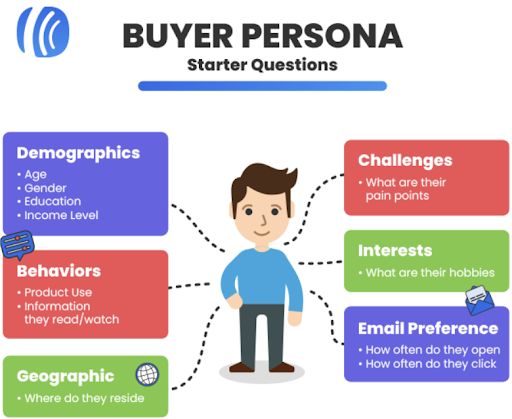When you think of SEO, what’s the first thing that comes to mind? For a lot of people, they think of Google, SERPs and the idea of ranking for a particular keyword or topic.
But that’s not all there is to it. If you want to achieve sustainable results regarding your SEO performance, you need to consider everything that it entails and understand that it’s not just one concept, but rather a symbiosis of three different but connected principles:
- On-page SEO
- Off-page SEO
- Technical SEO
In this article, we will focus on the importance and best practices in the on-page SEO space. Before you can improve your position in the SERPs and grow your online presence, you’ll need to develop an efficient on-page SEO master plan; let’s take a look at what you’ll need, from keywords to content marketing.
A quick look at on-page SEO
There are a number of articles that do a great job of explaining the technical elements of on-page SEO like title tags, meta descriptions and header tags. However, instead of doling out more definitions, I’d like to primarily touch on the point that on-page SEO helps search engines understand the content of a web page and determine its relevance to search queries.
One of the key goals of on-page SEO is to create a user experience rooted in quality content, clean and optimized visuals, and a high-quality customer journey to demonstrate to search engines that it deserves that top spot in the search results.
It’s worth mentioning that the technical elements aren’t the only important factors that contribute to a good on-page SEO strategy. Think images and the ever so critical…content.
So, if we all know how important it is, why are we talking about it now?
Over the past few years, and particularly after the COVID-19 pandemic, search patterns and user behavior have changed. As such, Google has made a point to increasingly emphasize the importance of user experience in the ranking process with algorithm updates like BERT, the Google Page Experience Update and the Helpful Content Update.
By knowing how to effectively implement and manage your on-page SEO strategy, your web page is more likely to rank higher in the SERPs, which will result in increased organic traffic and higher visibility for your website.
Investing in your overall SEO strategy and implementing a few useful SEO tips is one of the most powerful growth strategies, regardless of your industry or niche.
It’s time to optimize
Now that we’ve looked at the what and the why, let’s delve into the how of on-page SEO and the steps you should take to develop an effective plan.
Visualize and understand your site’s architecture
How well do you know your website? For some smaller sites, it might be feasible to know the ins and outs of your website like the back of your hand.
But when you start to have hundreds, thousands or even millions of web pages, it may be time to look for some outside help. Using a technical SEO crawler takes the guesswork out of it by helping you understand how search engines see your website.
Web spiders, also known as web crawlers, are automated programs that search engines use to crawl and index web pages. To make sure your site is optimized for crawlers like the Google bot or Bingbot, so that they can subsequently index your pages, it is important to define the website architecture and make sure your site is “healthy.”
Using a technical SEO crawler, like Oncrawl, can help you get an overview of how your content is organized within your website. After launching a crawl, you can visualize all of the pages available through your internal linking structure, get a clear picture of your website architecture and identify your different types of content and how it’s distributed.

Source: Oncrawl
You want your website’s architecture to be as clean as possible with a homepage, subdirectories, and their subpages and categories. Running crawls on a consistent basis will help maintain an optimal structure and it offers information that will help you to keep improving your site’s SEO.
Explore your target keywords
Keywords play a crucial role in on-page SEO. There is a lot that goes into keyword research and implementation, but choosing the keywords based on relevance, authority, and volume should be your priorities.
Relevance refers to the degree to which the keyword is related to the content of the web page. In other words, the keywords you use need to be connected to the content and the purpose of the page.
Authority refers to the credibility and reputation of the web page. Building authority through relevant keywords and quality content is one of those SEO tips you should never sleep on, because you need high-value content to appeal to search engines and your audience.
Volume refers to the number of searches for a particular keyword. You don’t want to use the keywords that have such a high search volume and are so competitive that you have no chance of breaking through the noise in the saturated online world.
You do, however, want to find relevant niche keywords and specific search terms that are highly relevant to the content of the page and still get a decent search volume without being overly competitive.
Additionally, keep in mind that keyword stuffing can be problematic, so be sure to avoid it. Use a reliable SEO tool to analyze your content and identify keyword stuffing before you go to publish it.
Define who’s reading
It’s crucial to understand your core demographic, their needs, drives, and values when optimizing any web page. That said, prudent SEO experts and content strategists will extend this understanding to future demographics as well, defining their expanded audience for SEO and brand growth.
Creating buyer personas can help you identify your target audience and tailor the content and your on-page strategy to their needs.
As a result, you’ll be able to offer a more streamlined and personalized website experience across the board, boosting your website KPIs and letting search engines know that you’re highly relevant for that specific audience.
Take a look at this case study showcasing the power of brand mentions in the form of links. By creating tailored content, NetHunt was able to secure several successful outreach campaigns. This integrated approach can further accelerate brand growth.
Continually update and improve content
It should go without saying that you need to update your content regularly to keep it fresh and relevant for your audience, but it’s also to do the same for search engines. Regularly adding new and valuable content can also attract new visitors and retain existing ones.
The great thing about content is that there are numerous types of content that you can explore to keep your content strategy fresh and engaging. Content diversification is also important for publishing the right kind of content for every platform on the web. Remember, you’re not just creating optimized content for your website, you’re also creating it for social media platforms, forums, other websites, and groups and online hubs.
[Case Study] Handling multiple site audits
As you continue to diversify your growing catalog of content, remember to track performance in order to see what works and what doesn’t. The more content you have, the more sense it makes to categorize your pages by group as a more efficient way to manage your on-page SEO.

Source: Oncrawl
With the proper configuration of your page groups, you can quickly check which kinds of pages dominate your site, how your content is organized and what works best to bring in the most traffic.

Source: Oncrawl
Not all content is created equal, so understanding how your content is distributed across your site will facilitate the strategic choices you should be making in terms of what content to post and where to post it.
It’s essential to integrate your business goals as params of your SEO roadmap and segment your content based on your top objectives. The ultimate goal is to position your high value pages close to your homepage in terms of depth level.
When you have a clear idea of what content you want to prioritize, you can also add a more comprehensive layer to group your pages by the categories that make the most sense for your business. This way you’ll be able to zoom in efficiently into your data.
Once your categorization is all set, you can focus on your active pages – those pages receiving organic traffic. In the Oncrawl app, for each group of pages, or for a single URL, you can identify the ideal metrics that help your pages rank better (e.g. number of words, Inrank, number of inlinks, loading time).
Improving visuals
Visuals, such as videos and images, can also serve to improve the readability and engagement of a web page. That’s why it’s important to use high-quality images and videos that are relevant to your audience as a way to diversify the content on your site.
Visuals are not just images or infographics, however. The complete visual experience of your website will greatly affect your SEO potential, so it’s important to conduct UI testing to analyze the visual quality and user experience on every web page—including the effect of all visuals on webpage performance.
Integrating internal and external links
Last but not least, proper link insertion is a key part of any on-page SEO strategy. It involves creating internal and external links that lead to and from the website. This process helps search engines understand the context and relevance of the web page and can also help increase its visibility.
According to a few link-building statistics, backlinks are one of Google’s primary ranking factors. From there, it’s easy to deduce that complementing off-page link-building with links on your website is a great way to maximize the potential of every page. Making the web page easy to share with quick share buttons leading to various online platforms is also a great way to inspire engagement and clicks.
If you want to take this a step further, consider setting up various campaigns designed to attract both traffic and links to your pages. This can come in the form of social media promotions, brand collaborations, or even influencer marketing campaigns.
Wrapping up
On-page SEO is a broad field, but that shouldn’t discourage you from using what you have learned to optimize your website for higher rankings. With consistency and continuous optimization, and by referring back to this guide when you need some pointers, you will be able to quickly climb the SERP ladder and build brand authority.



